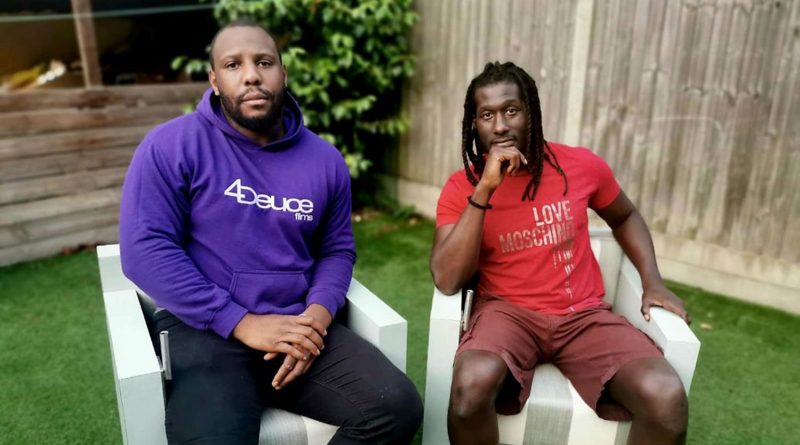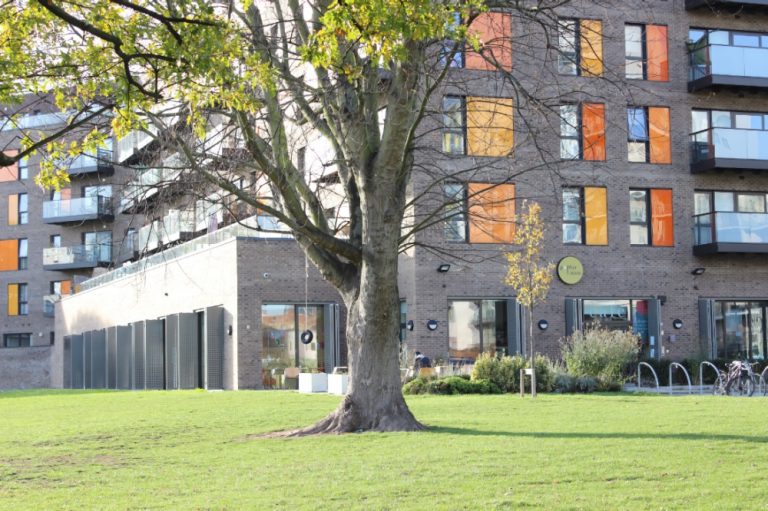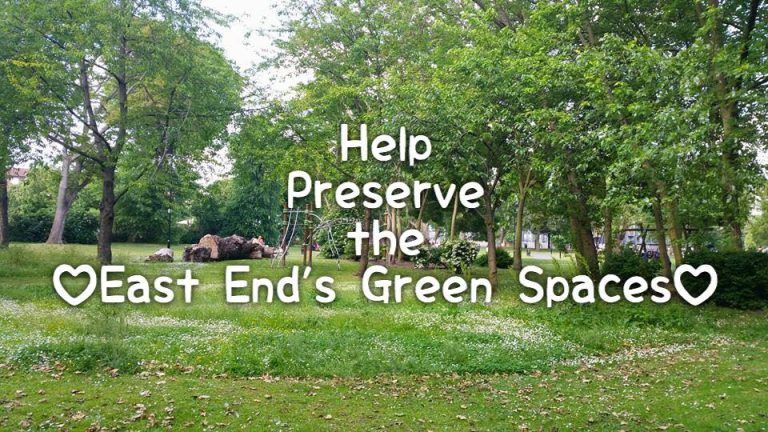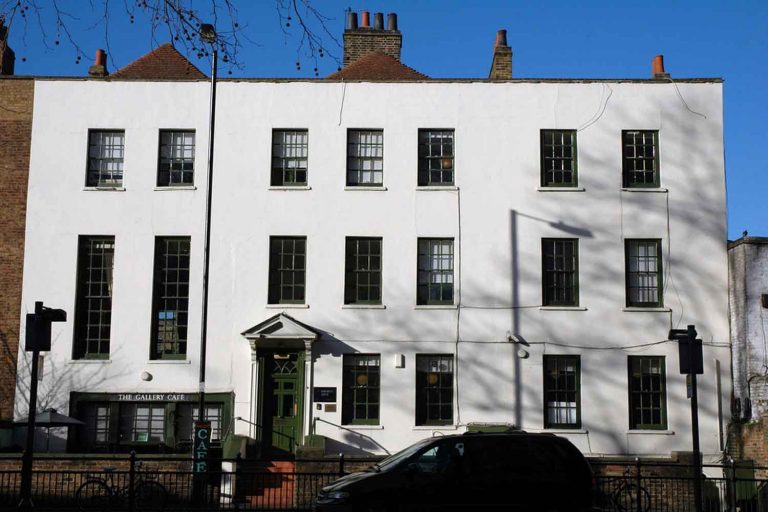Aint Hidin Nuttin: Insights drawn from a life of grime and crime in Bow
How two East London locals are showing the world what it was like to grow up in the Mecca of Grime music, Bow E3.
‘It was only when I stood up I realised I’d been stabbed. Thirteen times’.
This is what life was like for many young people in Bow, during the early 2000s. What started as a harmless, creative hobby outside of school, had become a world of violence and pain. Innocent clashes of rap and music had grown into postcode wars and fights.
But not many saw the reality of what it was like for the young people involved and their families. Until two long time friends decided to get the magnifying glass out on the history of grime in Bow.
Grime is a style of rap music with a distinctive fast tempo, which famously grew around the housing estates of Bow in the 1990s. At the time, key figures included Wiley, Dizzee Rascal and Tinchy Stryder.
Daniel Glenn-Barbour and Mohamed Bangura, grew up in this culture, and have set off on a journey to show the world what life was like in Bow, and why it needs to be remembered. The duo have created a three part docu-series titled ‘Aint Hidin Nuttin’, detailing the growth of Grime in Bow, the ‘beef’ or arguments that ensued, and the impact it had on the community.
Seated in Zealand cafe, which used to be Rhythm Division store, Bangura and Glenn-Barbour explain the importance of telling these stories. ‘There’s something special about this area, people don’t know or have forgotten about the music of grime in Bow’ Glenn-Barbour explains. He describes himself as ‘Mr Filmmaker’, the cameraman behind the operation. His production company, 4Deuce Films, focuses on positivity amongst the youth, and his films and videos have earned him places at International film festivals.
Bangura nods in agreement, ‘people born in the 2000s don’t know the history of Bow, it wasn’t put out there on social media, (…) it’s for the world to know how we grew up’. Although incredibly humble and refusing to take any credit, Glenn-Barbour labels Bangura the producer of the series. ‘Bro, I don’t need Hollywood or hood credit’ he laughs in response.
It was Bangura’s idea and Glenn-Barbour’s expertise that led to the creation of this series, and the pair exude team work, finishing each other’s sentences and even asking each other their own interview questions. ‘I always had a vision’, Glenn-Barbour explains, ‘but there were times I thought it wouldn’t work’. Bangura laughs at his friend, ‘I always had faith it would work’, he reassures Glenn-Barbour.
When asked to explain the ‘beef’ or how arguments began, the two laugh and ask how far back they should go. They began with the E3 and E14 postcode war, which is detailed in the series. Bangura takes a breath and explains, ‘the violence between E3 and E14 was more intense, massive, the strong characters at the time were stubborn, and pride played a part.’ But how did it all start? ‘From the music, and the clashes that got too personal.’
The term ‘clash’ refers to the rap battles that groups of young locals would put on, after school or during their free time. The clashes ranged from freestyles, to battles, to specifically targeted raps about individuals. This culture grew massively, leading to individuals even doing their own sets at youth clubs.
In the documentary, interviews with individuals are intertwined with homemade videos of their own clashes and bars from back in the day. The interviews in the series and the two masterminds explain how reputation played a huge role, and having an embarrassing moment during a clash could result in serious damage of pride.
Glenn-Barbour chimes in, ‘sometimes getting physical was an edge to win the clash. I feel like in lower class communities there’s less ownership of your life, you don’t own nothing from the area you’re from. Your pride and rep is all you have.’ Being ‘violated’ or dissed during a clash could result in physical violence outside of the battle, entangling many of the young community. For them, looking good and having a good reputation was all they could control.
When things did get personal, fights would soon follow, something which has its own dedicated episode in the series. Many of the guys who were interviewed have done prison time at some point in their life. ‘Everytime you leave the house you have something on you [weapon]’ Bangura explains, ‘you don’t necessarily know where it [fights] comes from but you know you can get caught at any moment’.
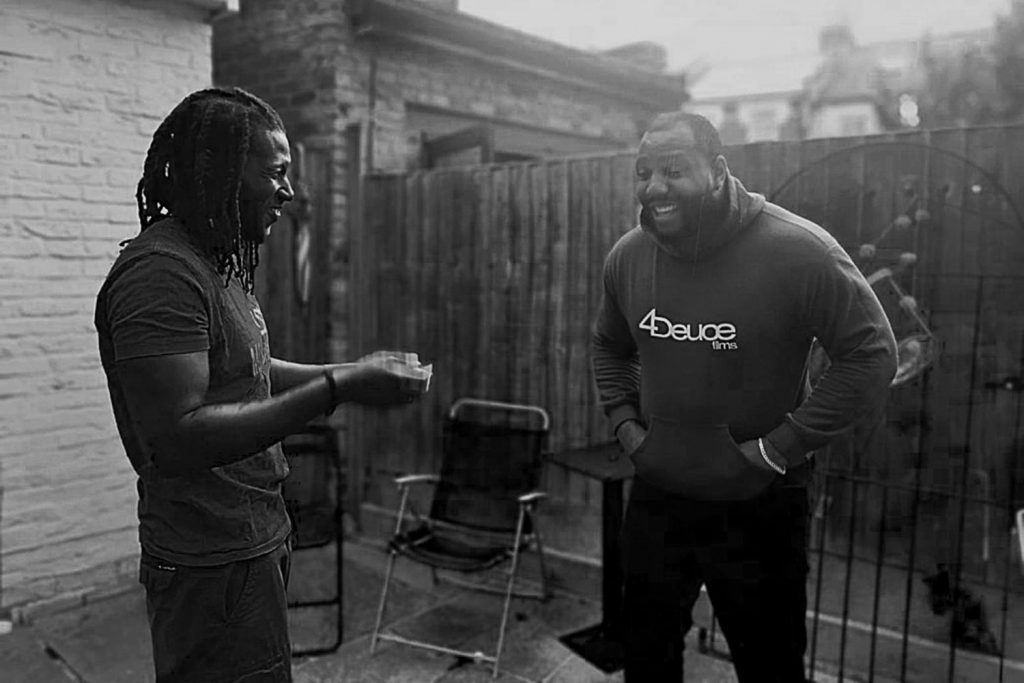
With the boy’s connections with old friends from Bow, the documentary is as raw as can be. There is a level of trust between the interviewees and the documentary crew, allowing them to go into explicit detail about the fights, the struggles and the secrets. Aint Hidin Nuttin couldn’t be a more accurate title.
During the conversation, there are multiple times when the duo look out the window to acknowledge an old friend that has walked past on the Roman. It is clear that there is no one better suited to create such a raw series, as the boys know the inner workings of the Bow community like the backs of their hands.
But how did young people become sucked into this volatile lifestyle? Glenn-Barbour says, ‘when we were young, you would either be a badman, an artist or footballer’. Bangura nods in agreement. Glenn-Barbour continues, ‘no one had experienced what it was like to make it in football, we weren’t the badmans, I was too smart to spend time trying to be badder than another area’.
‘We weren’t getting nothing from football or the road because we weren’t bad. Music seemed like an achievable goal, it felt achievable. Footballers didn’t really get out, but getting big from grime and music was the best type of fame.’
With local grime artist Wiley making it big in the music world, the inspiration to follow in his footsteps grew. As mentioned in the series, many young locals felt as if achieving their goals was reachable, after seeing a local, recognisable face making it.
Bangura relates to the quicksand of grime culture in Bow, and the struggle to escape its temptation. He explains the alter egos that arise from being a part of the community and the nickname you are branded with. ‘From the day you get your name, you have to live up to that alter ego. I remember when I went on holiday and people were calling me Mo, I felt free, I didn’t have to be Rockers’. When asked where his nickname came from he laughs, ‘it’s from fighting’ he explains quietly.
When watching the series, it’s almost like we are being given a VIP invitation to a meeting we aren’t really meant to be at. The personal troubles and the arguments that are mentioned feel like we shouldn’t be hearing them, like we are eavesdropping on a very private conversation. Glenn-Barbour triumphs, ‘people that didn’t want to be a part of it thought it was going to be incriminating or bait, so I wanted to prove them wrong.’
Bangura agrees and explains the careful nature they had to take when choosing footage. ‘Growing up in the hood, this is way too touchy to talk about. Even now it brings out old feelings and brings up things that don’t need to be dug up’. The two included clips from other groups and postcodes in the documentary, to make sure the explanations of events were fair and unbiased.
Although there has been better representation of the black community and gang culture in London in recent media, the boys believe that there is still a long way to go with further and accurate representation. ‘I never know how to describe it, lower class, urban, the ends. There’s so little representation that they jump to see their lives on screen’ Glenn-Barbour says.
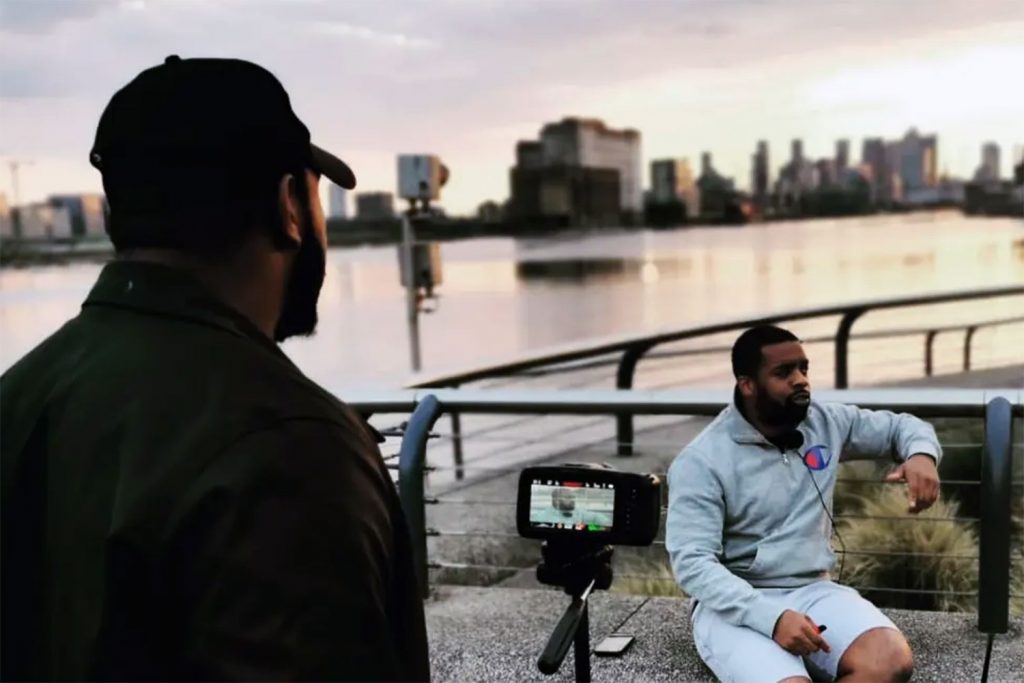
The two felt it was their job to represent a culture they know and understand. Bangura explains that they know grime and violence better than anyone as they have lived it themselves. Glenn-Barbour agrees with his producer, ‘the elite people don’t want to talk about what’s on the ground because it exposes how little they are doing for the community. I’m a fan of this area, there’s potential in this place, you don’t have to send upper class people because it won’t do it justice’.
The passion these two young men have about this topic fills the room, and as they sip their coffees and chai lattes it’s almost impossible to imagine that they experienced this violence and culture. But just seeing how far they have come, and the journey they are taking to show young people what they went through – to educate and to deter – is admirable.
‘I wanted to help the youths and specifically the black community’, Glenn-Barbour says. ‘I want young people to watch and think this is stupid, this system [the clashes, the fights] is way too powerful to think you can get away with something’.
The last episode of the series is out this summer, and involves interviews with mothers and girlfriends of boys in gangs. Its aim is to show young people how this seemingly exciting and tempting world caused a lot of pain and strife for loved ones.
Listening to the duo talk about their past life in grime and violence, there’s a sense of nostalgia and warm memories. Although the life of clashes and grime music led to violence, it has given them the strong bonds and confidence they have today. It was a time of creativity and friendships, however the hardships they faced could well have been avoided.
Bangura explains, ‘Bow is and has always been an inviting area. A lot of other areas came to Bow for the beef or trouble, for the girls, for the music. But then you look deeper and see what happens behind the music, you realise the stuff that really happens’. A world that seemed fun and creative, hiding a system of violence and fear.
The third episode of Aint Hidin Nuttin will be out in August.
Enjoyed this piece? Read How being an outsider helped Simon Wheatley document grime from the inside.

